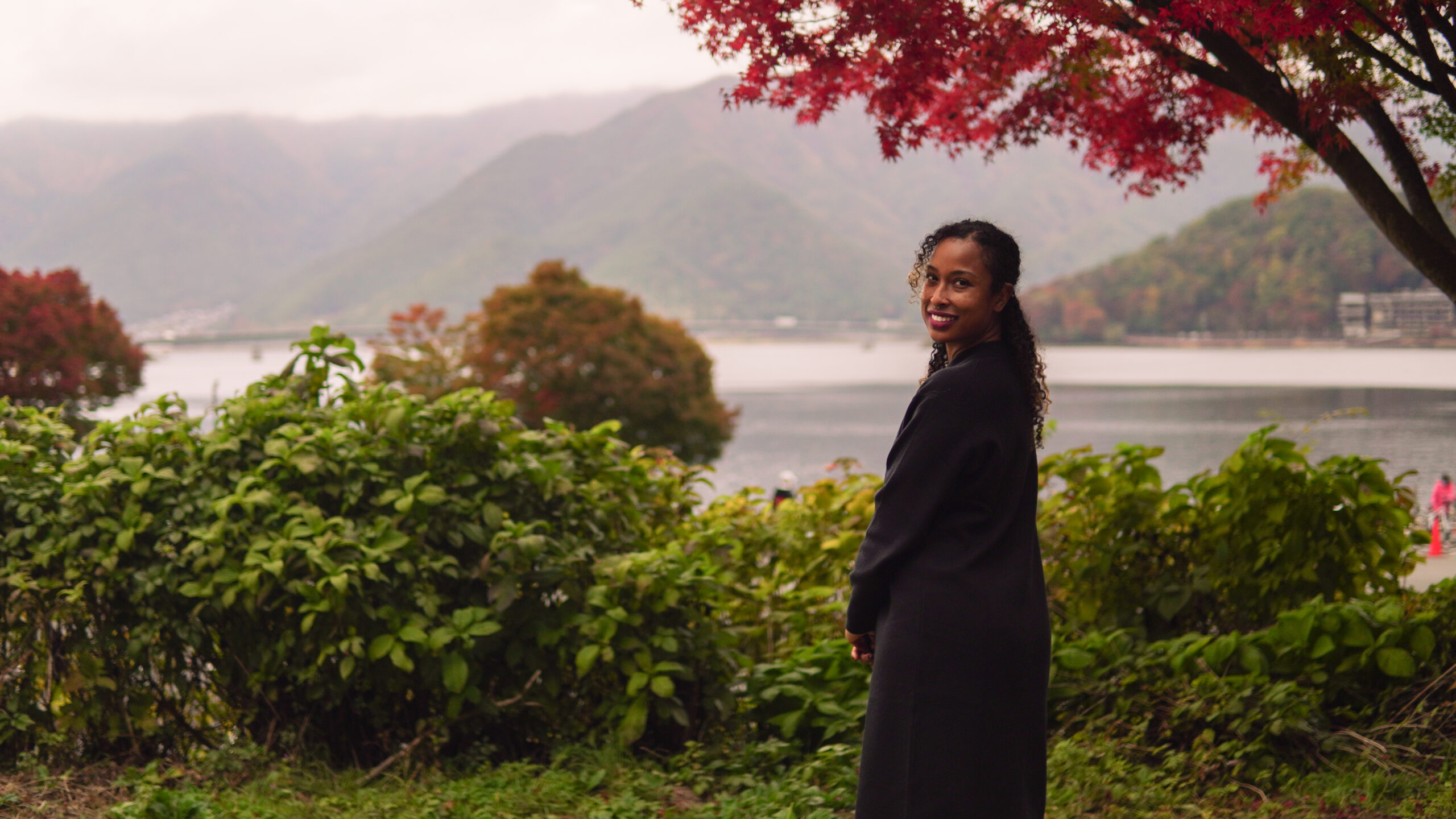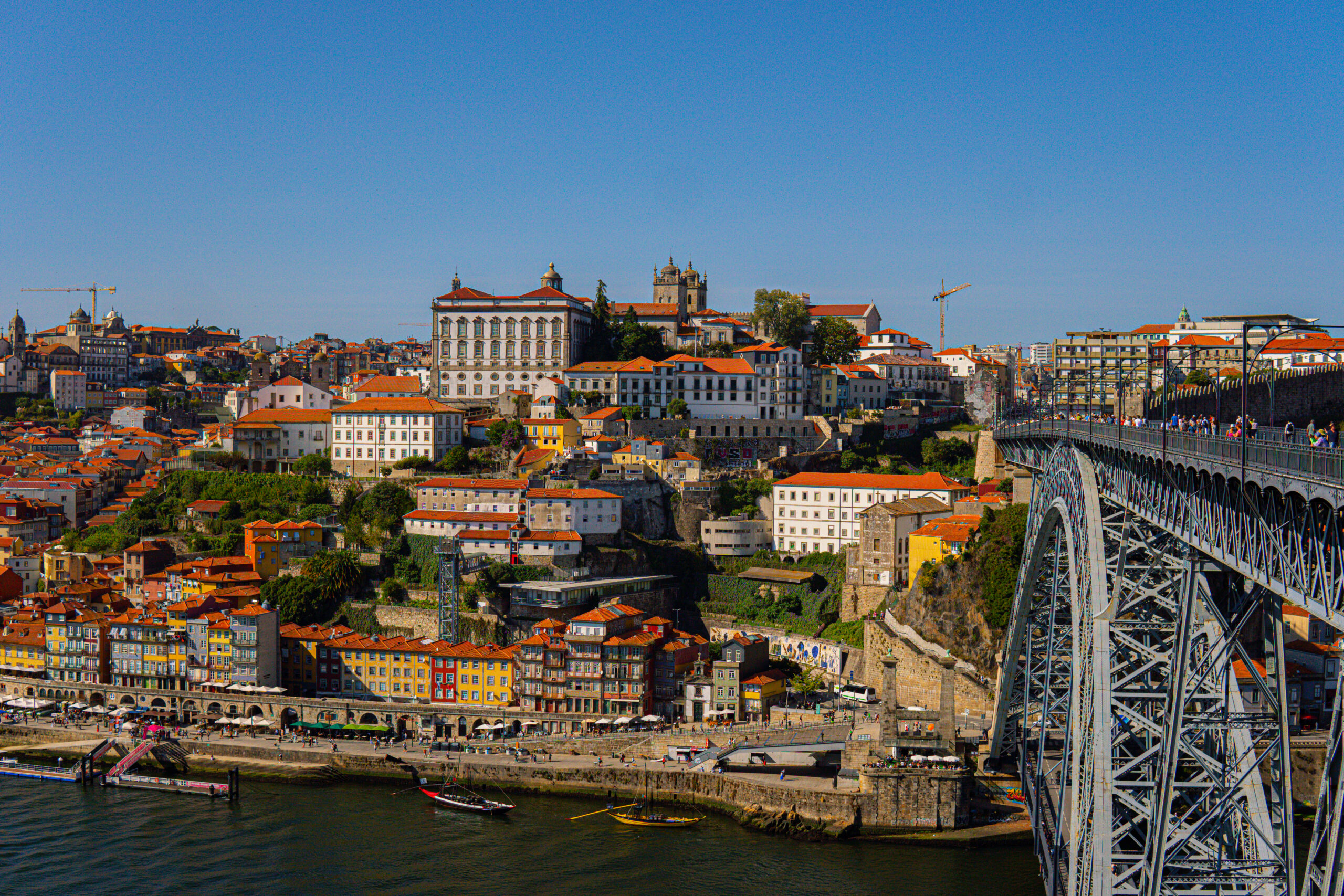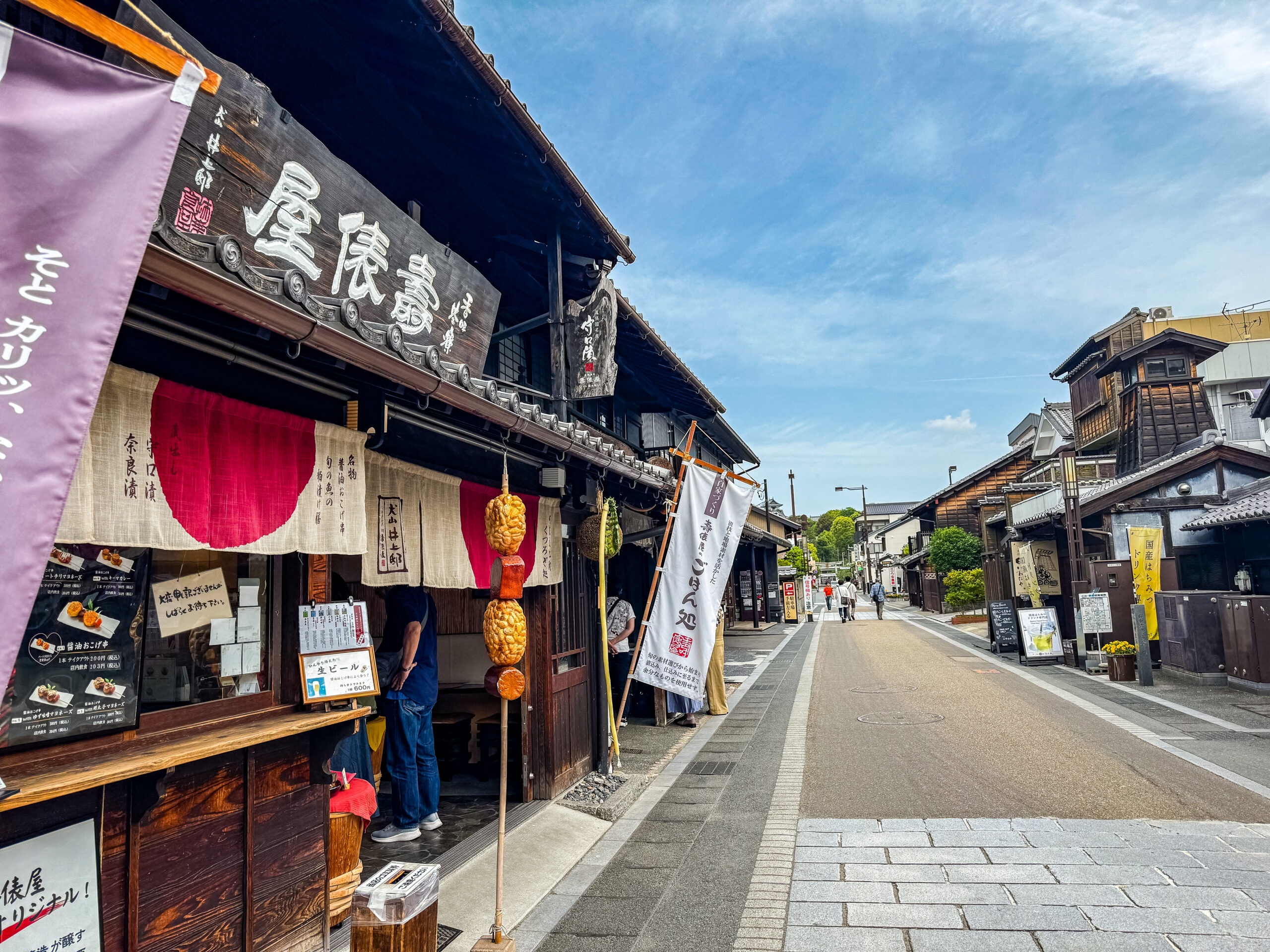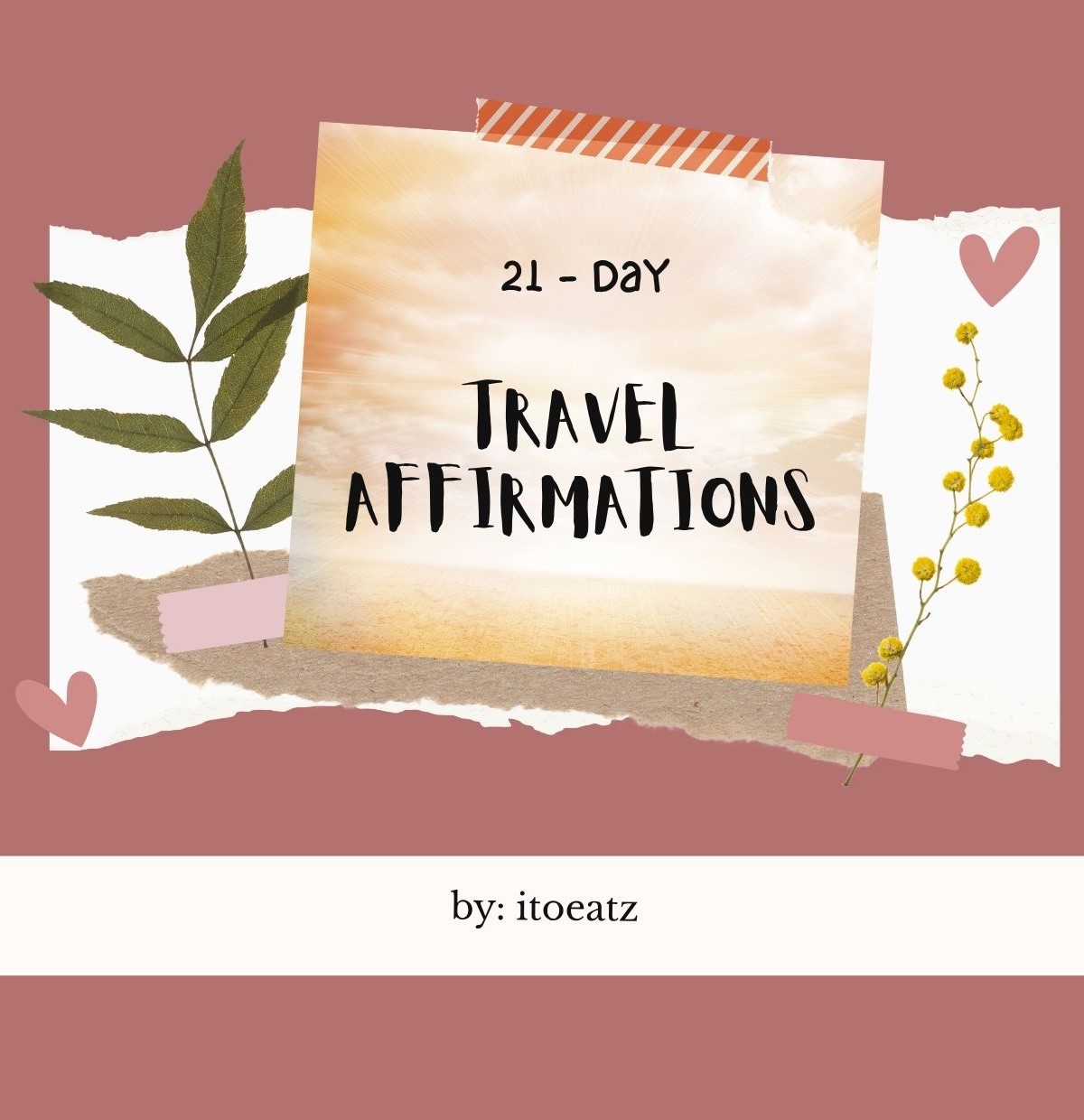If you’re planning a trip to Aichi Prefecture, don’t just rush through Nagoya. Take a little detour to Inuyama, Japan’s oldest castle town, and use this Inuyama Travel Guide as your checklist. It’s only about 30 minutes by train, and this small castle town is packed with history, atmosphere, and food that seriously surprised me.
I spent some time traveling in Inuyama on my last trip to Aichi Prefecture, and I left feeling like Inuyama deserves way more attention than it gets. So here’s my personal guide to the top things to do and see in Inuyama: shrines, Japan’s oldest surviving castle, the Jōkamachi streets, and a couple of restaurants that might just change the way you think about Japanese food.
A Brief History of Inuyama
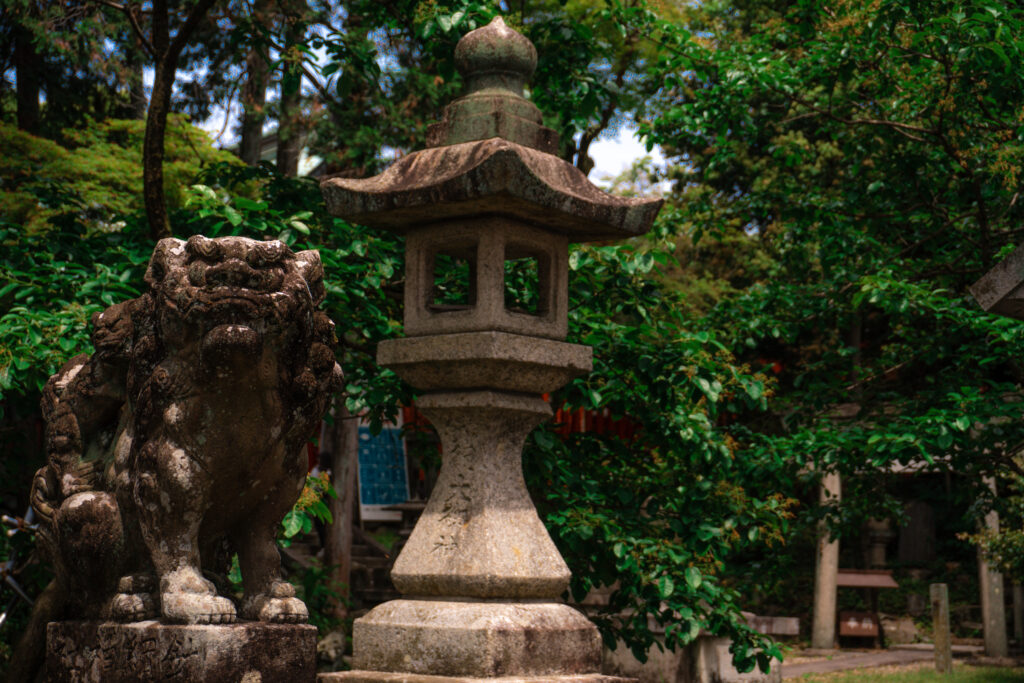
Inuyama (犬山), which translates to “Dog Mountain,” is one of Japan’s oldest castle towns, with a history that stretches back over 400 years. At its center is Inuyama Castle (犬山城), built in 1537 and recognized today as both the oldest surviving wooden castle and a National Treasure.
Thanks to its location along the Kiso River, Inuyama became an important hub for trade and defense during Japan’s warring states period. The castle town grew around it, and many traditions, from historic shrines to the UNESCO-listed Inuyama Festival, still reflect that rich history today.
What to See in Inuyama
One of the things I love most about Inuyama is how much soul and beautiful energy it packs into such a small town. You can wander from ancient shrines to Japan’s oldest surviving castle in just a few minutes, then find yourself on streets that feel like they’ve been frozen in time. It’s a mix of history, culture, and those little details that make you stop and smile. Here are some of the highlights that stood out to me…and I have a good feeling you’ll love them too!
Sanko Inari Shrine (三光稲荷神社)
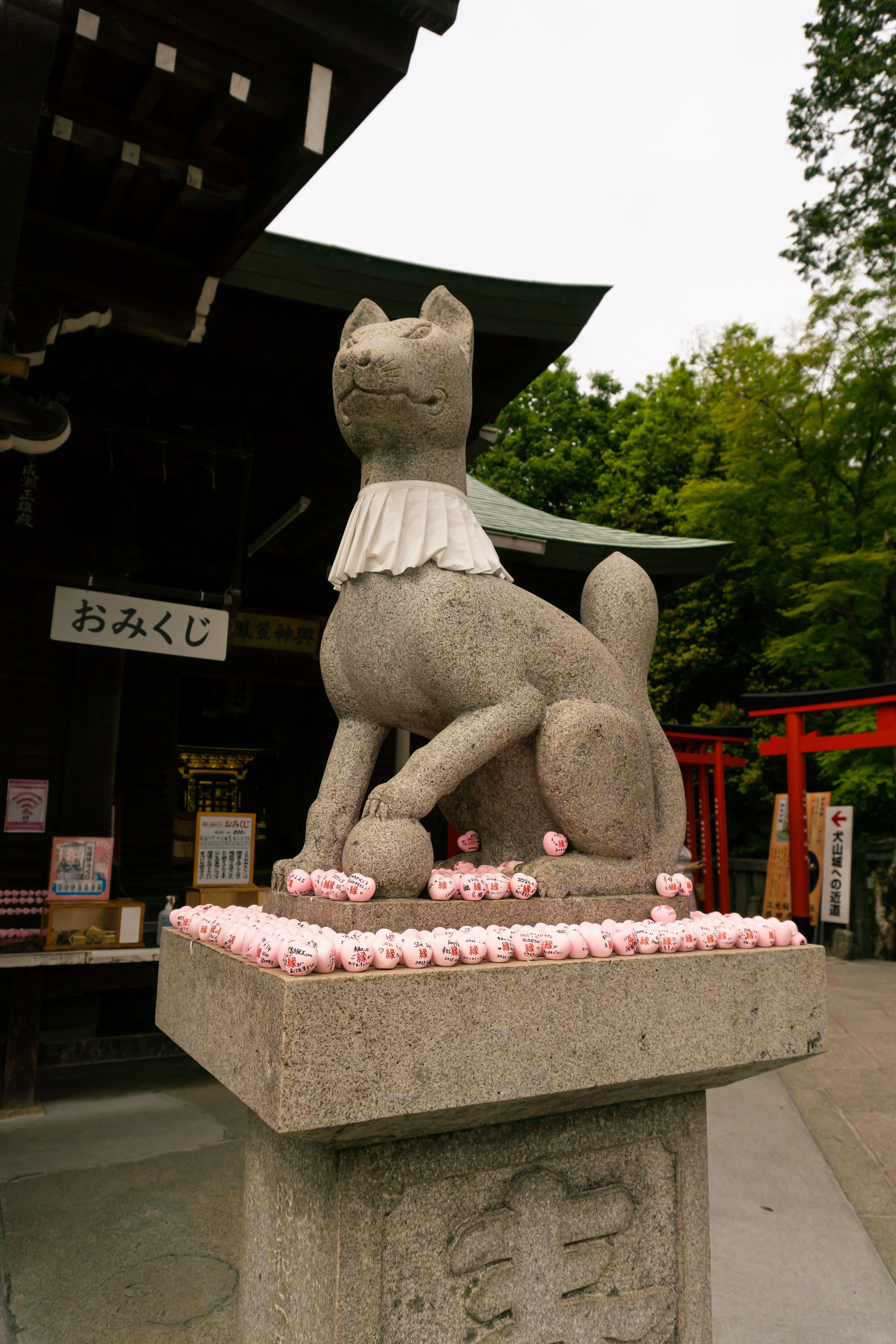
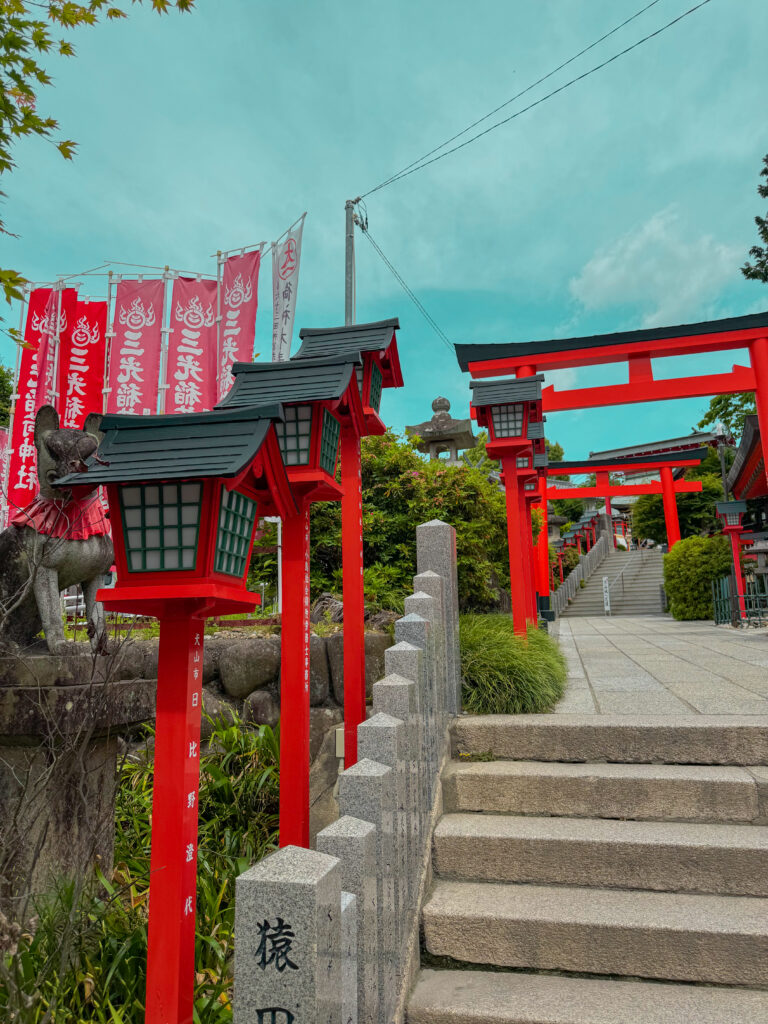
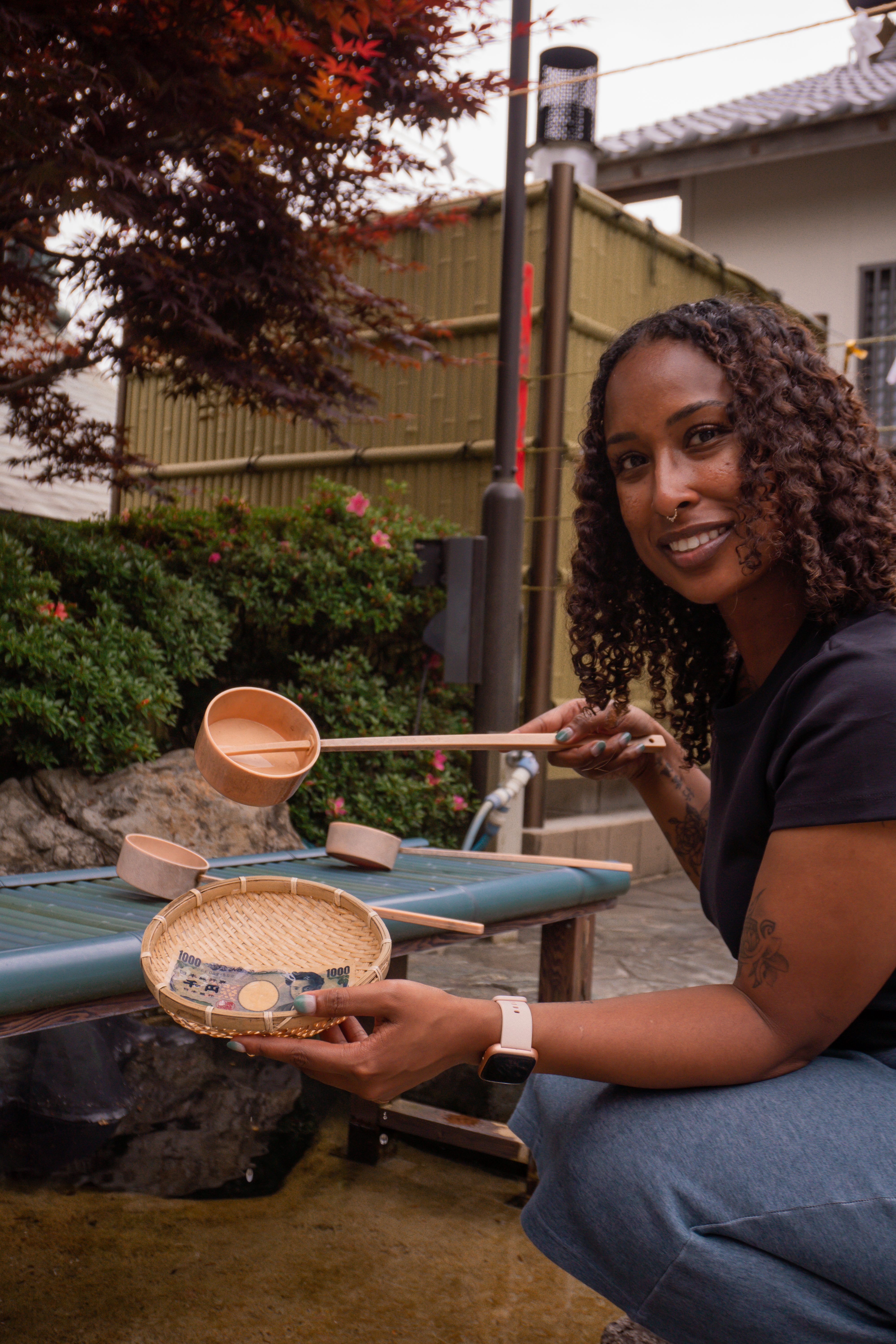
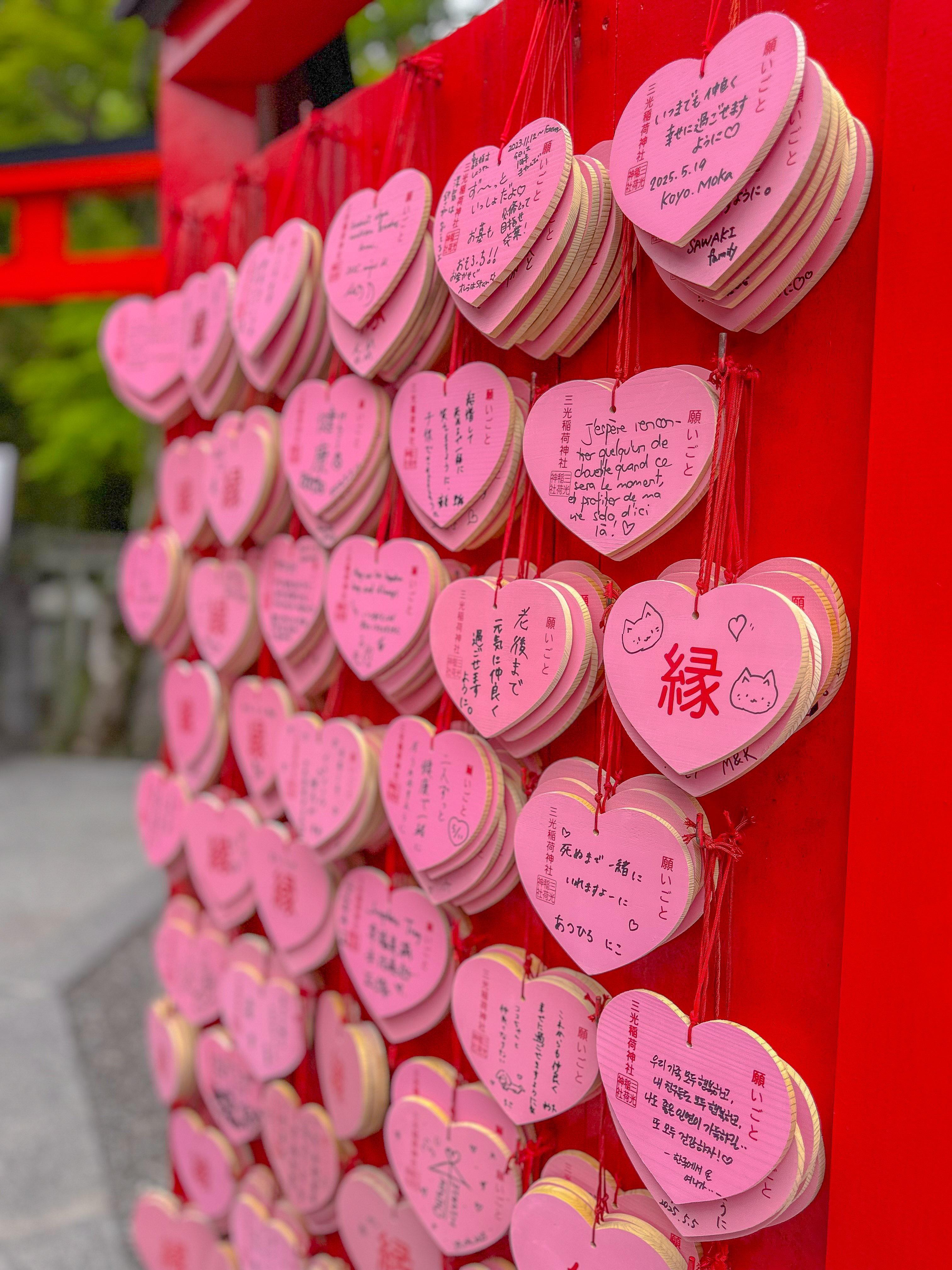
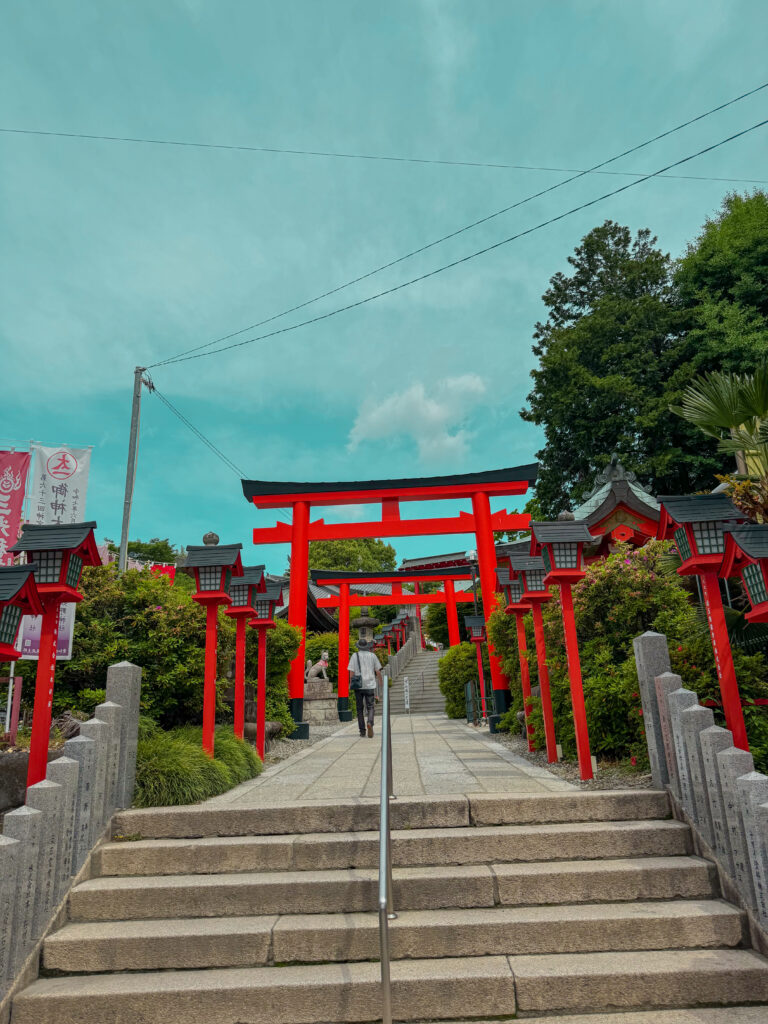

Let’s start with one of the most photographed spots in Inuyama: Sanko Inari Jinja. You’ll know it right away when you see the rows of bright red torii (gates) climbing up the hillside. It gave me Kyoto’s Fushimi Inari vibes, but on a much smaller, more intimate scale.
The shrine is also famous for its heart-shaped ema (plaques), where people write wishes for love, happiness, or good fortune. Speaking of good fortune, take some money and wash it in the shrine’s sacred water for good luck and to multiply it. Yes, I did this and I 100% recommend doing it if you go. This ritual is called “zeniarai” or 銭洗い, and you can watch me washing my 1000円 here.
Even if you’re not usually a shrine person, this one is worth visiting just for the atmosphere and the views looking back toward the town.
Haritsuna Shrine (針綱神社)
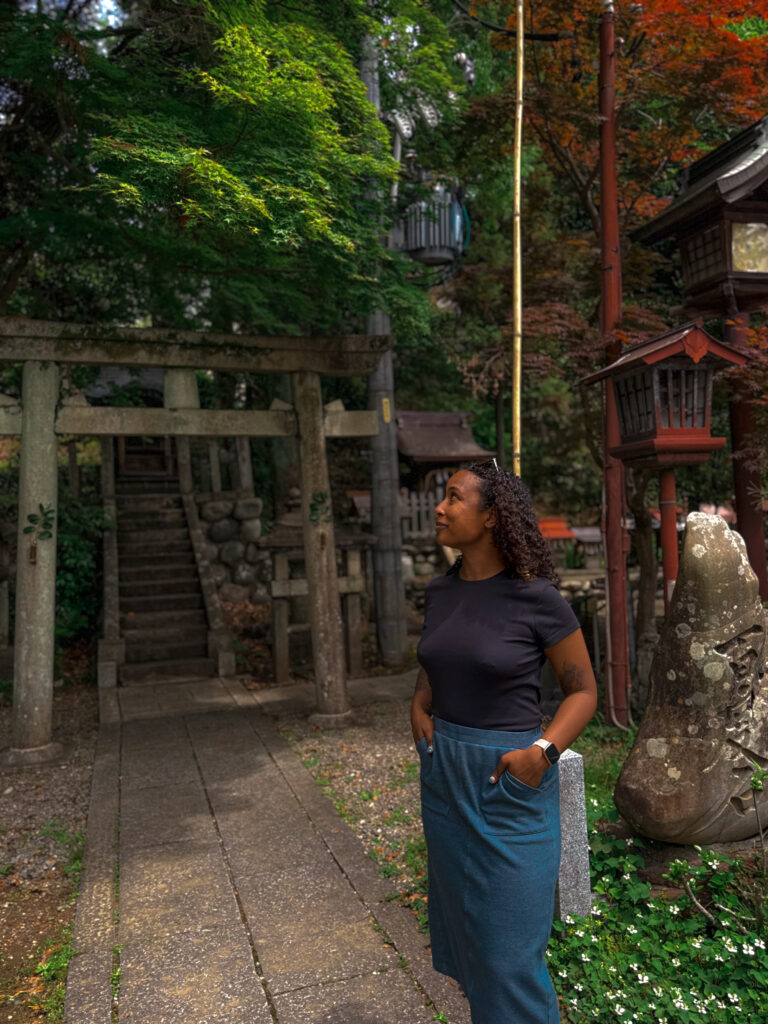

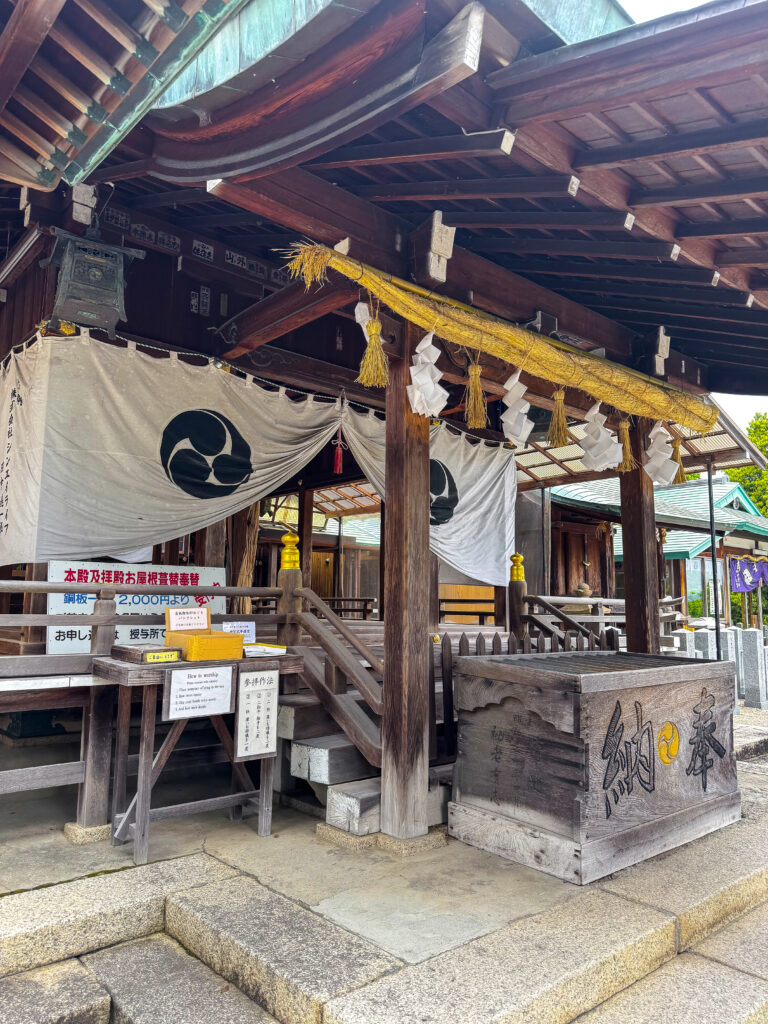
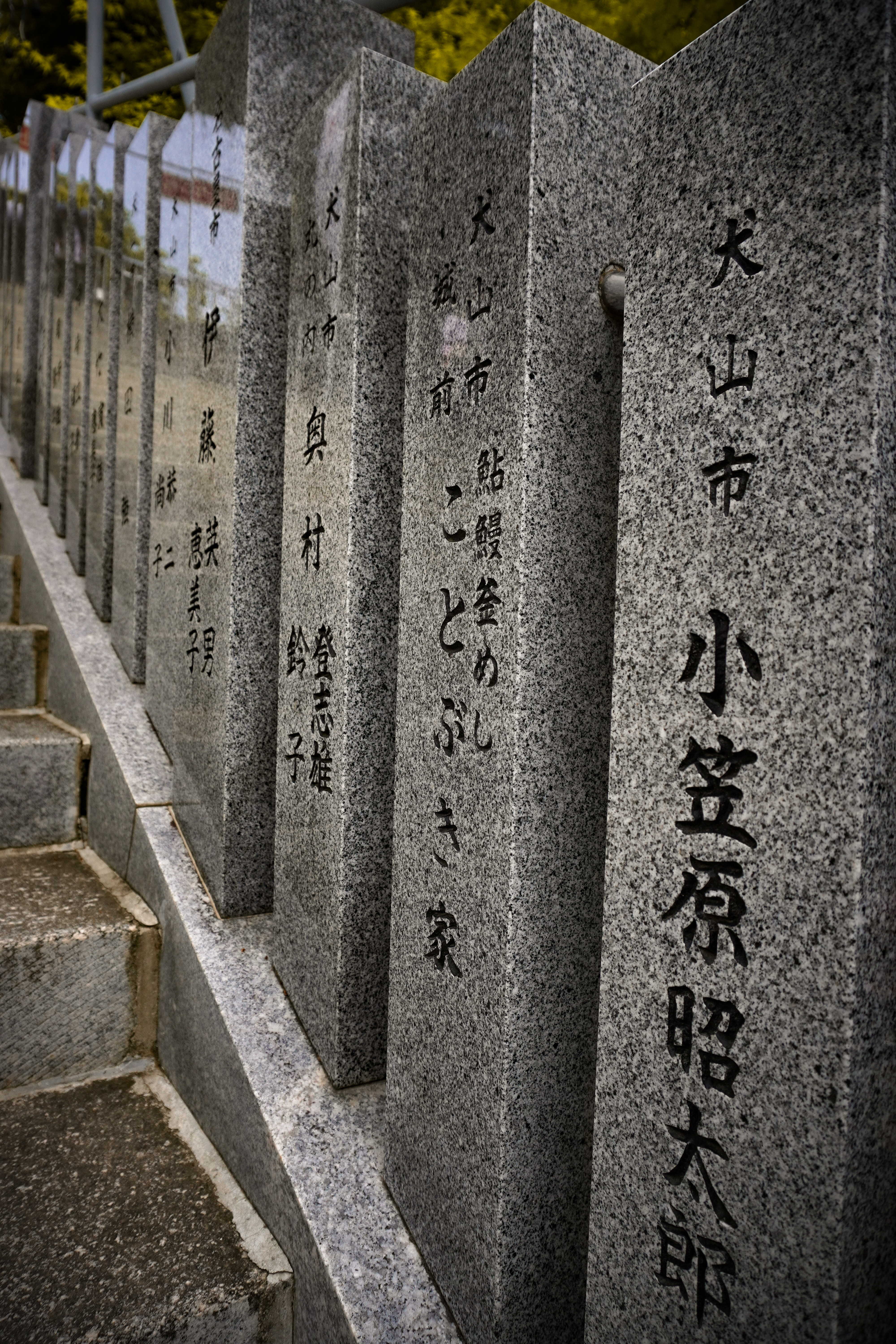
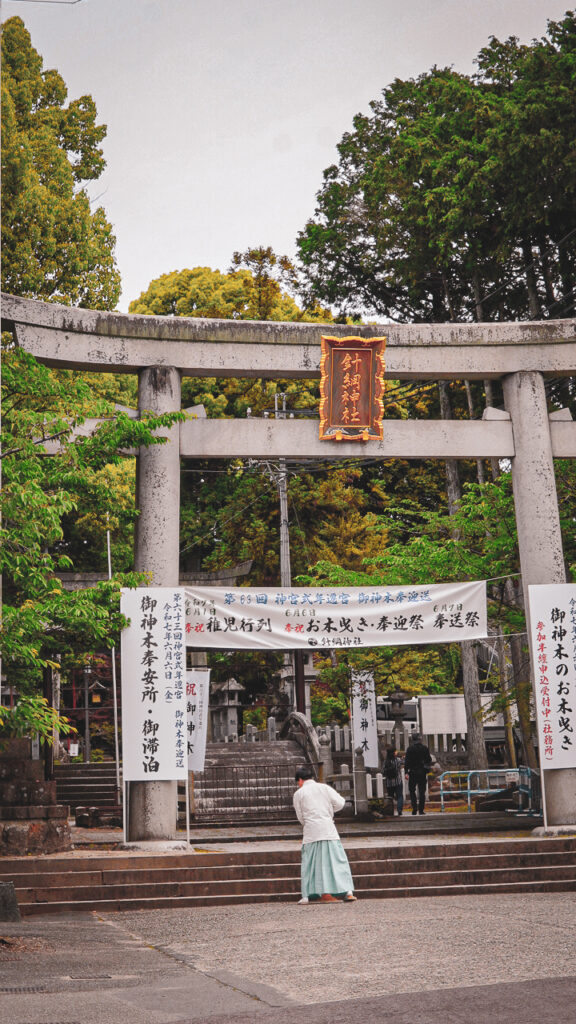
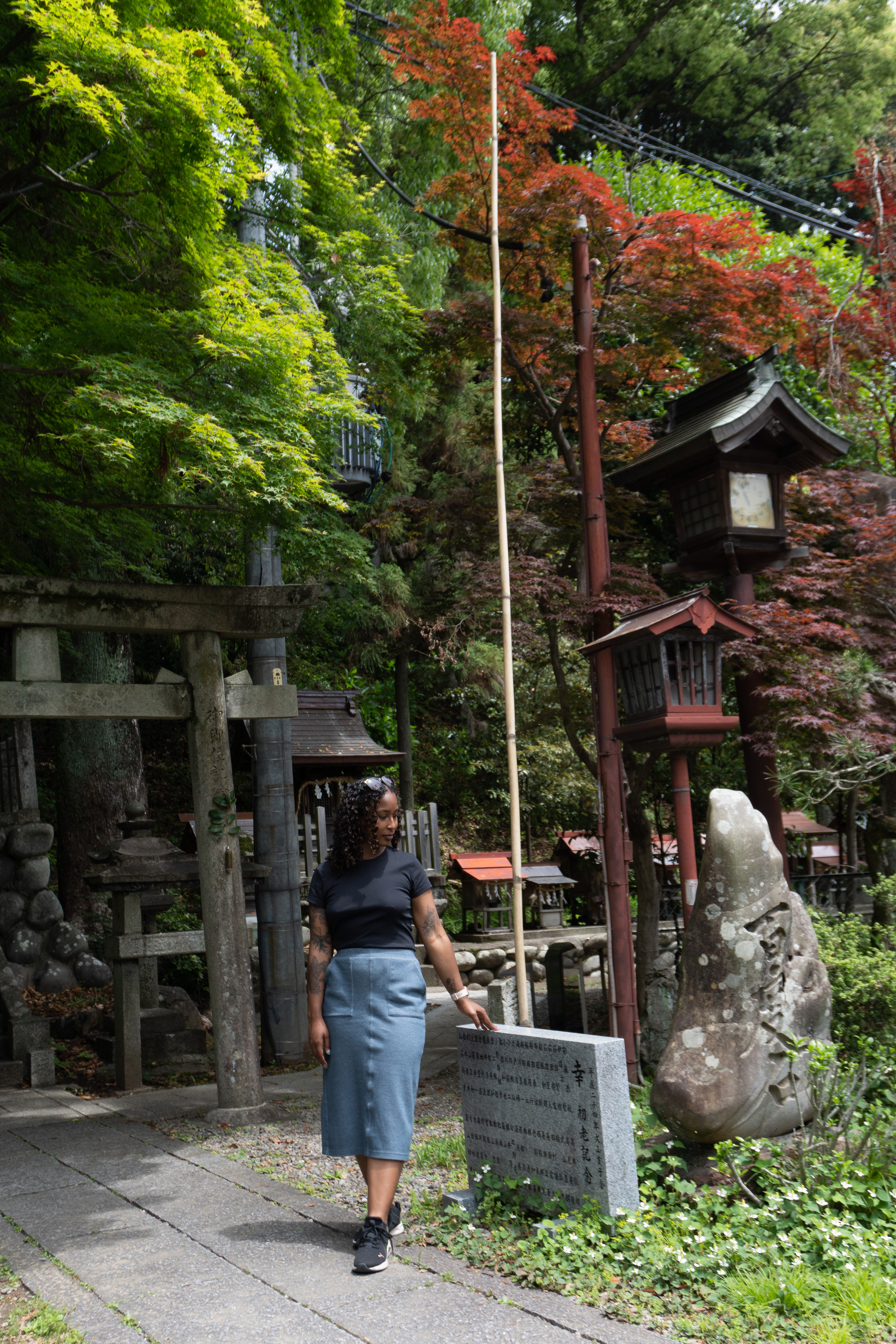
Right nearby (literally minutes) is Haritsuna Jinja. It’s one of the oldest shrines in the area and plays a huge role in the Inuyama Festival, which is recognized by UNESCO. If you’re lucky enough to visit in spring, you’ll see these massive floats covered in lanterns being pulled through the streets.
When I went, it was much quieter. Just a peaceful spot to soak in some history. But knowing the role it plays in the festival made me appreciate it even more.
Inuyama Castle (犬山城)

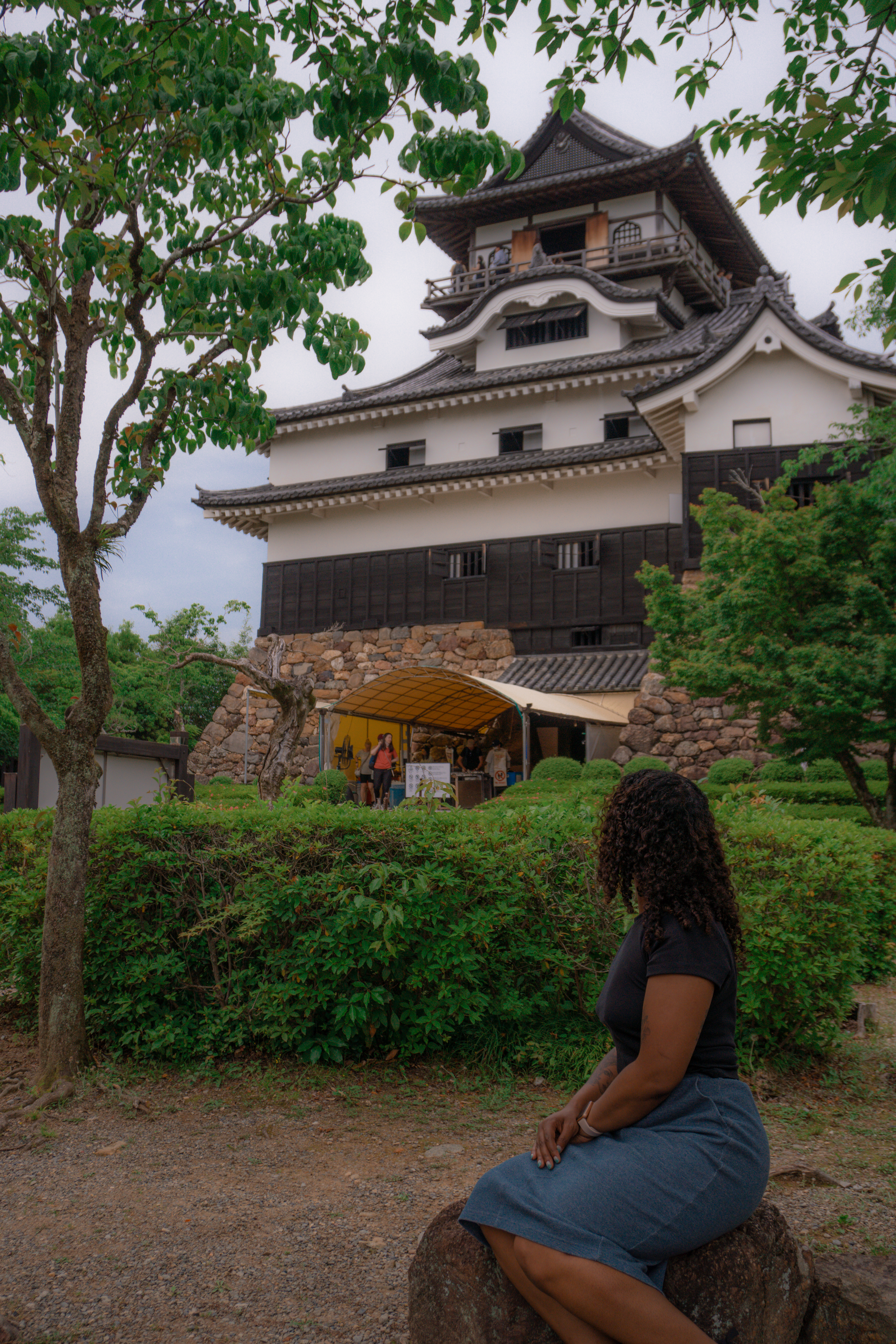


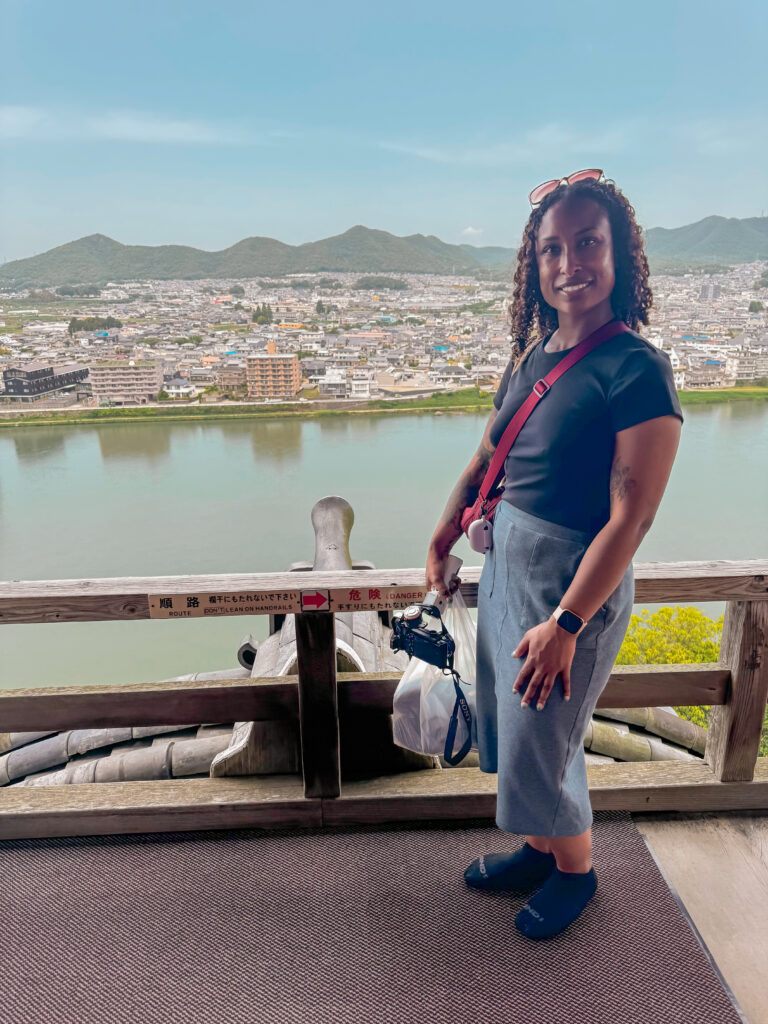
Okay, time for what some may call the “star of the show”. And while I neither disagree or agree, I’ll let you decide. Inuyama Castle is the oldest surviving original wooden castle in Japan, built way back in 1537. It’s also a designated National Treasure, which means it’s in pretty elite company.
Climbing the steep wooden stairs inside was a whole experience in itself. Every creak of the floorboards made me imagine how many people have walked there over the centuries. And when I reached the top? Absolutely worth it. The views stretch across the Kiso River, the town of Inuyama, and even Nagoya on a clear day.
I’ve been to a lot of castles in Japan, but this one really stuck with me.
Already thinking about visiting more castles after this one? Check out my Nagoya Castle travel guide. Psst..it’s just 40 minutes away!
Inuyama Jōkamachi (犬山城下町)
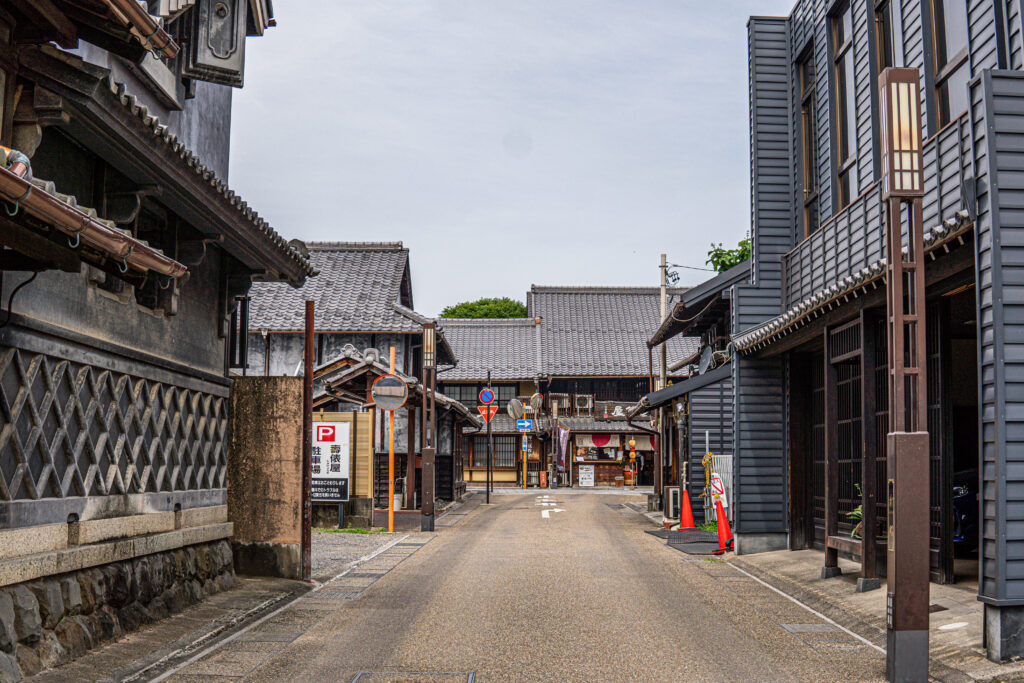
Before and after the castle, you’ll naturally drift into Jōkamachi, the traditional castle town streets. Think wooden buildings, little shops, street food, and yukata rentals if you want that classic “castle town stroll” look for your photos. I didn’t, but that would’ve been so cute! I saw so many Japanese women taking photos along the street in their yukata and I couldn’t help but admire them.
On weekends, it’s lively and packed with people eating their way down the street. Because most people skip this town on their Aichi travels, I’d say it’s “mildly touristy,” but in the best way. Busy, fun, and full of little discoveries. I could have easily spent hours wandering here, snacking, and window-shopping. Oh wait, I did just that.
Where to Eat in Inuyama
If there’s one thing I’ve learned while living in Japan, it’s that food is just as much a part of the experience as the sights…maybe even more?? Inuyama might be small, but it has some memorable spots that surprised me, from traditional tea houses to casual late-night sushi. Here are a few of the restaurants I really enjoyed during my visit:
Honmachi Saryo (本町茶寮)
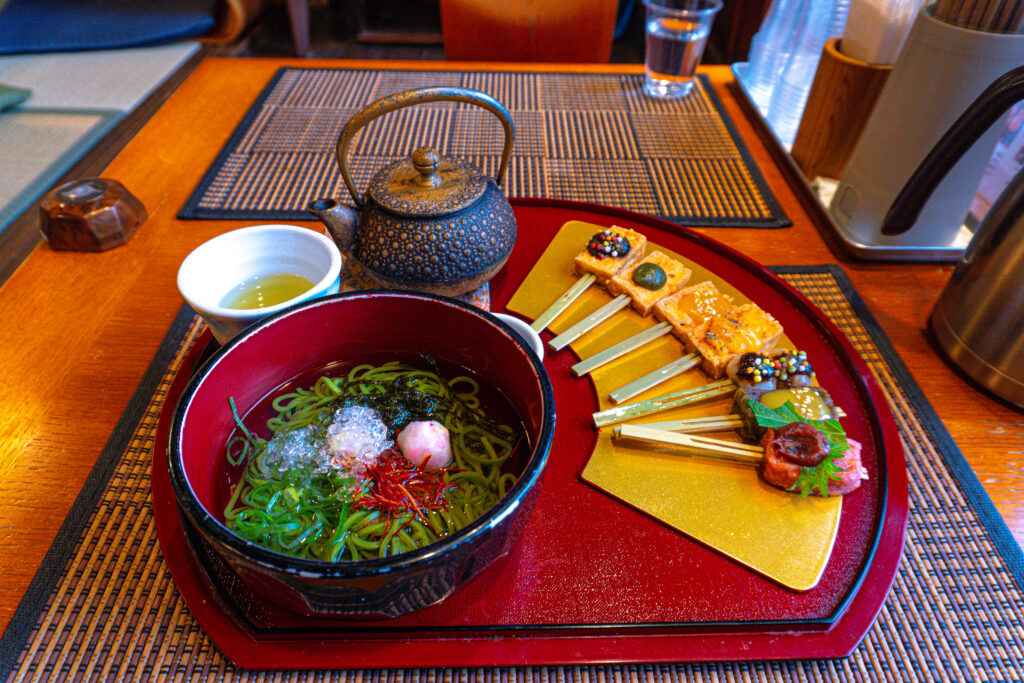
This was one of my favorite stops. Honmachi Saryo is a tea house in a 100-year-old building, and it’s full of charm. There’s a TV that’s been turned into a fish tank, a little garden path you walk through to reach the bathroom… it’s those details that make you feel like you’ve stepped into a different time.
But the real highlight is their cha soba dengaku set (茶そば田楽御膳). It comes with soba (hot or cold) and seven different types of tofu dengaku, a local specialty unique to Aichi Prefecture. I tried them all, and it completely changed the way I think about tofu. All of this for just 1480 yen. If you want a food experience that’s equal parts traditional and unexpected, this is the place. You can search “本町茶寮” on Tabelog or Google Maps to find it.
Kotobukiya (ことぶき家)
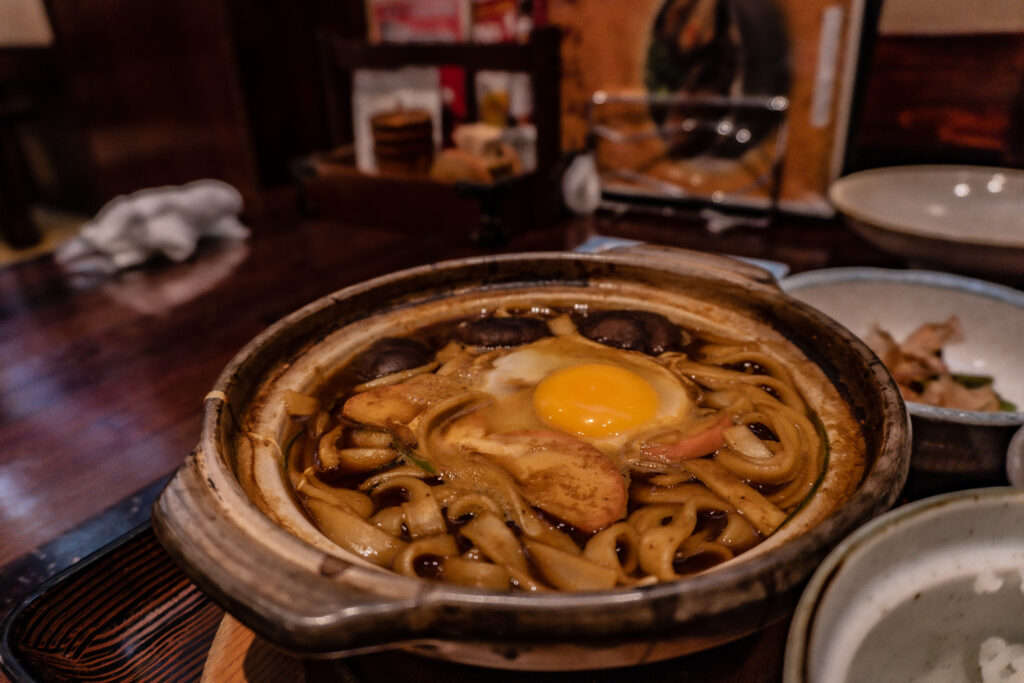
Another gem is Kotobukiya, where I had two local dishes: kishimen (きしめん), a flat udon noodle dish that’s a specialty of Aichi, and ayu no kamameshi (鮎の釜飯), rice cooked in a little iron pot with ayu (a small fish) and toppings. This spot feels like one of those old-school restaurants that doesn’t need to try hard. It’s just good. If you only get one dish here, though, I would easily recommend the kishimen! You can search “ことぶき家犬山” on Tabelog or Google Maps to find it, but it is right at the bottom of the hill of Inuyama Castle (and across the street).
Yataizushi (や台ずし 犬山駅西口町)

If you’re looking for a late-night, no-frills dinner near the station, Yataizushi is a solid choice. Open until 1:00 am, this izakaya-style spot serves freshly made sushi at reasonable prices, with both counter seating and cozy tables. Gourmet sushi? No. But it’s perfect for if you’re arriving late to Inuyama or after a long day of sightseeing. For me, I stopped here my first night in Inuyama simply because I was tired and didn’t want to go far…it did not disappoint. You can search “Yataizushi Inuyama Eki Nishiguchi Chou” on Tabelog or Google Maps to find it.
Where to Stay in Inuyama
If you’re spending the night (which I recommend if you don’t want to rush), there are a few options depending on your vibe and budget:

HOTEL μSTYLE INUYAMA: This is where I stayed. It’s modern, clean, and in a convenient spot right next to the station, with a cozy feel that worked perfectly for me. The staff was, true to Japanese style, very welcoming and kind. Oh, and they have an onsen inside that is free to use for guests staying at the hotel…this enough would’ve sold me.
Hotel Indigo Inuyama Urakuen: If you want something stylish and mid-range, this is a really nice option. Think boutique-hotel energy with thoughtful design touches.
Akariya Geihanro: If you’re looking to splurge, this luxury ryokan right on the river is stunning. Traditional Japanese hospitality, gorgeous rooms, and views that match.
Is Inuyama Worth Visiting?
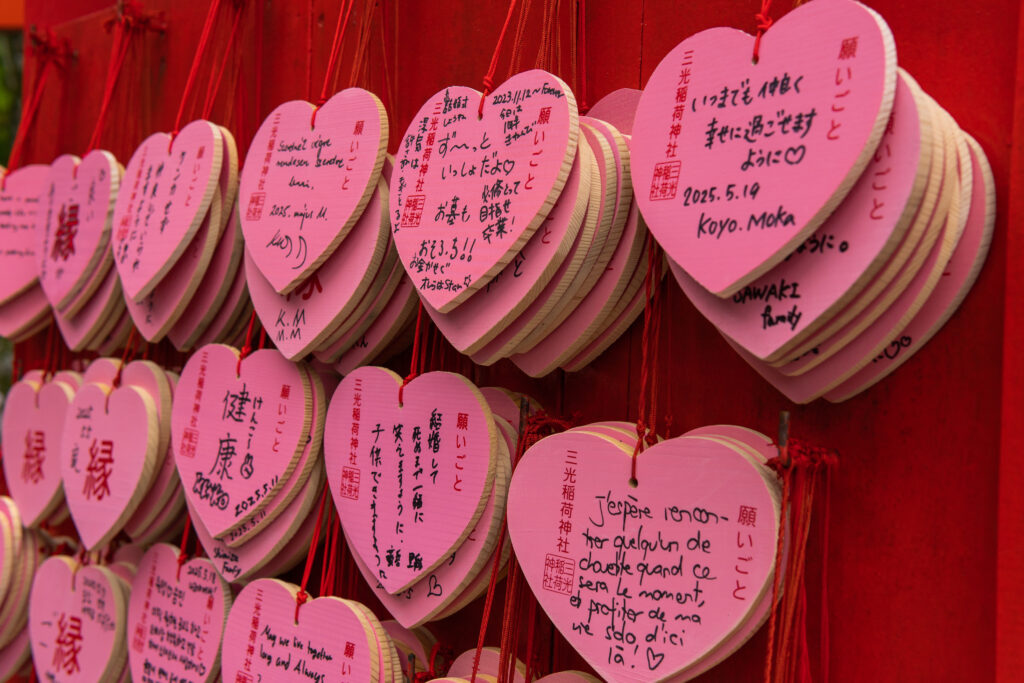
Yes, Inuyama is soooo worth visiting! Inuyama isn’t just another stop on the map. And I hope from this Inuyama Travel Guide, you’ve seen that it’s one of those places that sneaks up on you and leaves a truly lasting impression. Between the shrines, Japan’s oldest castle, Jōkamachi’s atmosphere, and food that completely changed my opinion of tofu, it’s a destination that deserves more love.
If you’re in central Japan, make time for Inuyama. Whether it’s a day trip from Nagoya or an overnight stay, you’ll leave with beautiful memories, a full stomach, and a happy soul.
